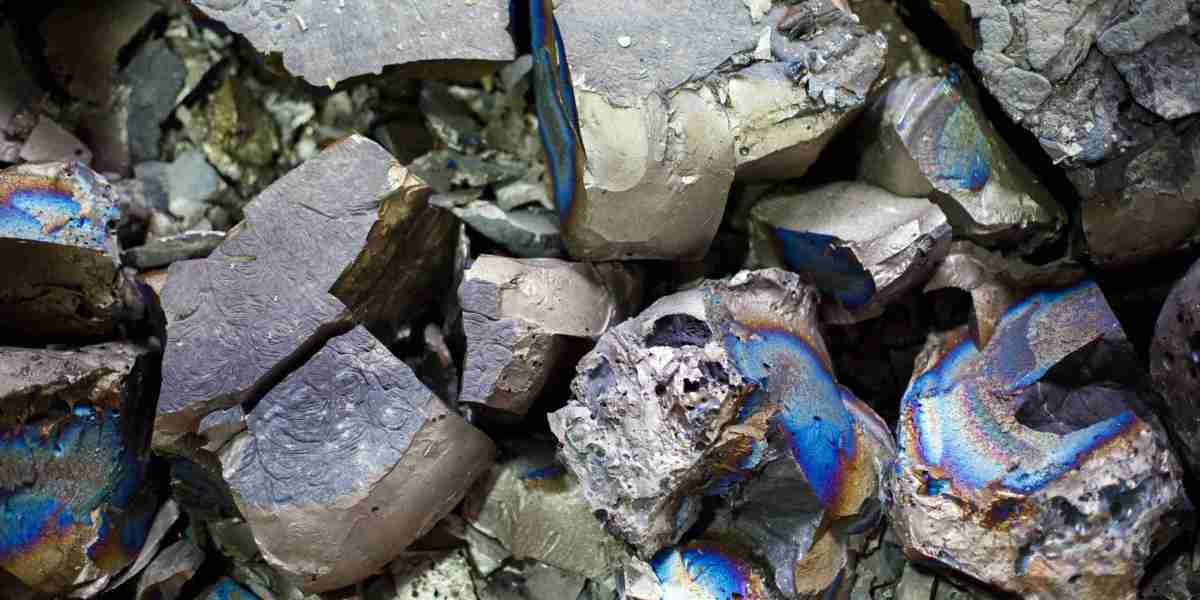Introduction
The steel industry has long been a cornerstone of global infrastructure and economic development. However, it is also one of the largest contributors to carbon emissions, accounting for approximately 7-9% of global CO2 emissions. As industries prioritize sustainability, green steel has emerged as a transformative solution to decarbonize steel production. The shift towards sustainable manufacturing is being driven by regulatory frameworks, technological advancements, and the increasing demand for environmentally responsible materials.
The Transition to Sustainable Manufacturing in Steel Production
Sustainable manufacturing in the steel industry focuses on reducing carbon footprints, minimizing waste, and optimizing energy efficiency. Key developments include:
Hydrogen-Based Steelmaking: Green hydrogen, produced using renewable energy, is replacing coal in direct reduction processes, significantly reducing carbon emissions.
Electric Arc Furnaces (EAFs): Powered by renewable electricity, EAFs allow for the recycling of scrap steel with minimal environmental impact.
Carbon Capture, Utilization, and Storage (CCUS): Innovations in CCUS technology help steelmakers capture emissions and repurpose or store them to mitigate environmental impact.
Circular Economy Initiatives: Increased focus on recycling and reusing steel products extends the material's lifecycle and reduces the need for virgin steel production.
Key Drivers of Green Steel Market Growth
Several factors are propelling the expansion of the green steel market:
Government Policies and Regulations: Stringent environmental policies, carbon pricing mechanisms, and sustainability mandates are pushing the industry toward greener alternatives.
Corporate Sustainability Goals: Many companies in the automotive, construction, and manufacturing sectors are adopting green steel to align with their net-zero commitments.
Technological Advancements: Cutting-edge innovations in hydrogen-based reduction, renewable energy storage, and digitalization are making sustainable steel production more viable.
Consumer Demand for Eco-Friendly Products: A growing emphasis on sustainability from consumers and investors is increasing the demand for low-carbon materials.
Investment in Renewable Energy Infrastructure: Expanding access to clean energy sources such as solar, wind, and hydropower is making green steel production more cost-effective.
Challenges in the Shift to Sustainable Steel Manufacturing
Despite the strong momentum, the transition to sustainable steel production faces several challenges:
High Initial Costs: The capital investment required for green steel technologies remains a significant barrier for many manufacturers.
Infrastructure Limitations: The supply chain for green hydrogen and renewable energy integration is still developing, restricting large-scale adoption.
Market Readiness and Adoption Rates: While demand is growing, industries must establish standardized sustainability criteria and certification processes.
Competitiveness Against Traditional Steel: Conventional steel production remains more cost-efficient in the short term, posing challenges for green steel adoption at a global scale.
Future Outlook
The green steel market is set for significant growth, driven by increasing regulations, consumer awareness, and advancements in sustainable manufacturing. By 2030, a substantial share of global steel production is expected to transition to low-carbon methods, with near-zero emissions targeted by 2050. Sustainable manufacturing practices will not only reshape the steel industry but also contribute to achieving broader climate goals and a circular economy.
Conclusion
The steel industry is undergoing a major shift towards sustainable manufacturing, with green steel leading the way. As governments, corporations, and investors push for low-carbon solutions, green steel will continue to gain momentum. While challenges such as cost and infrastructure limitations persist, the long-term environmental and economic benefits make sustainable manufacturing an essential strategy for the industry's future. Companies that embrace green steel today will be well-positioned for success in the evolving global market.




